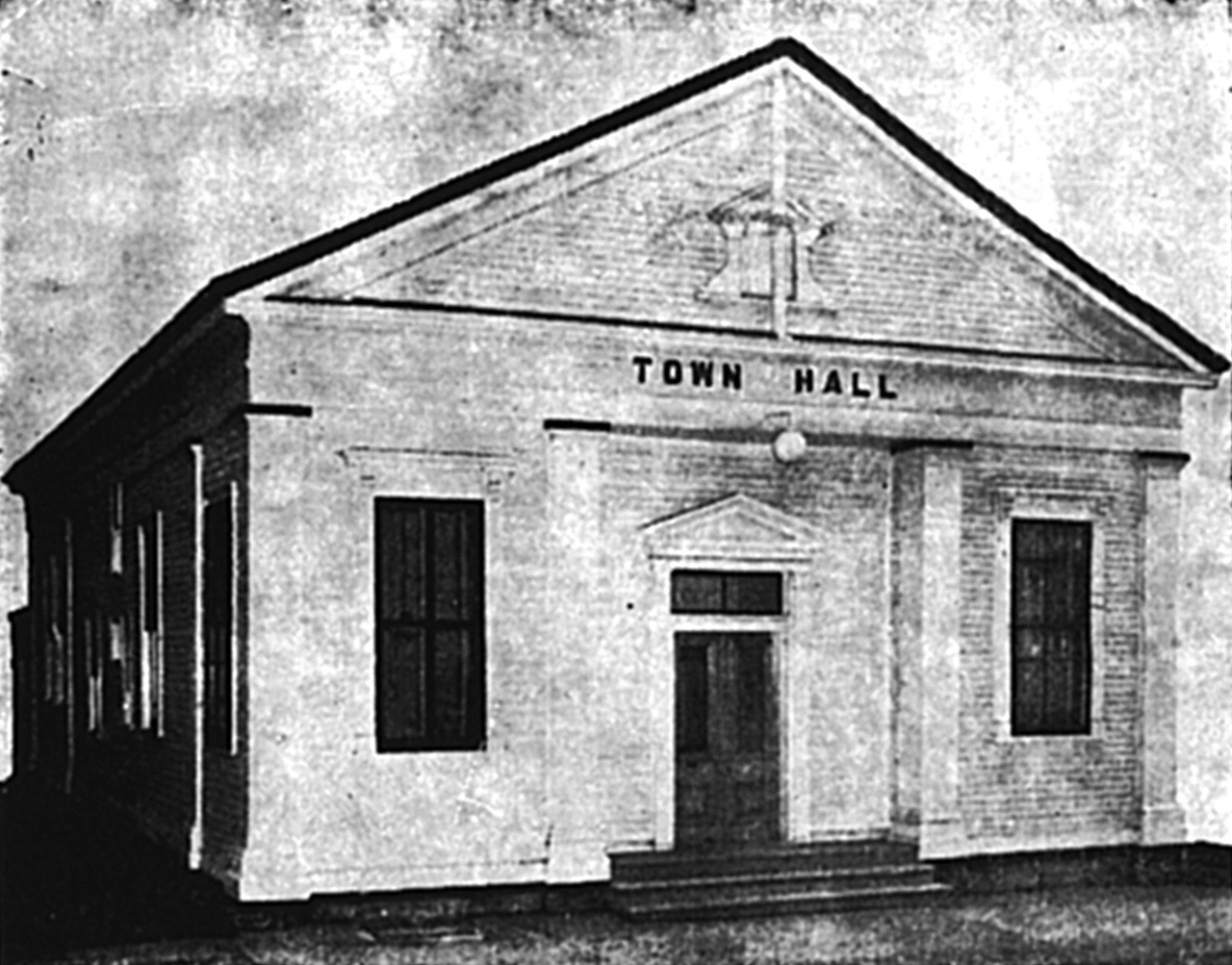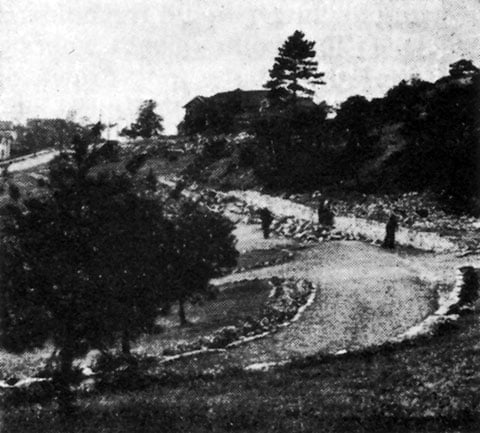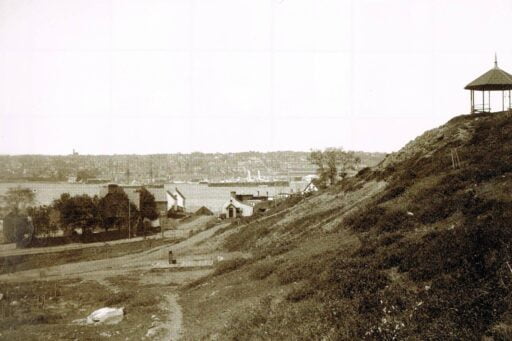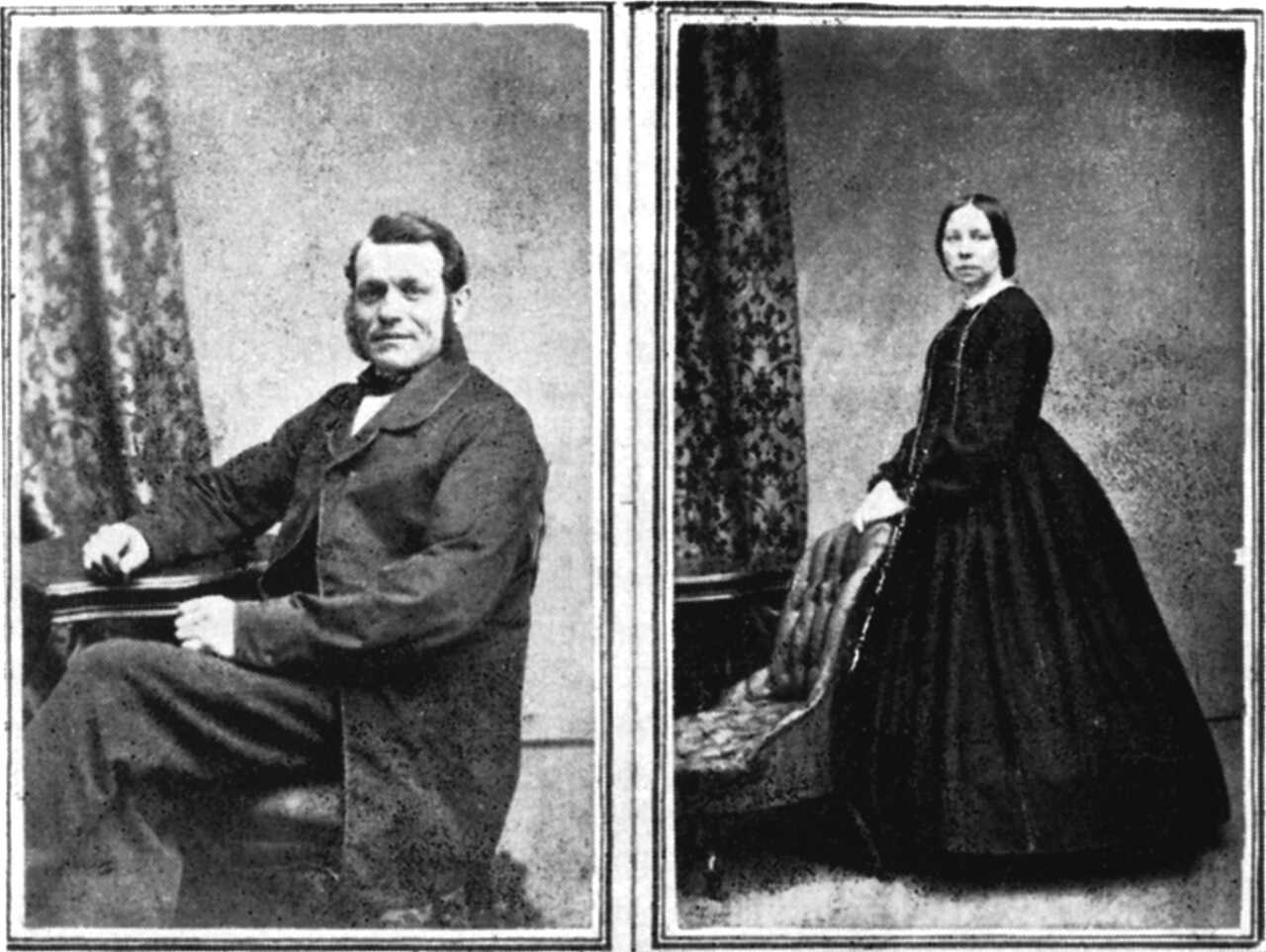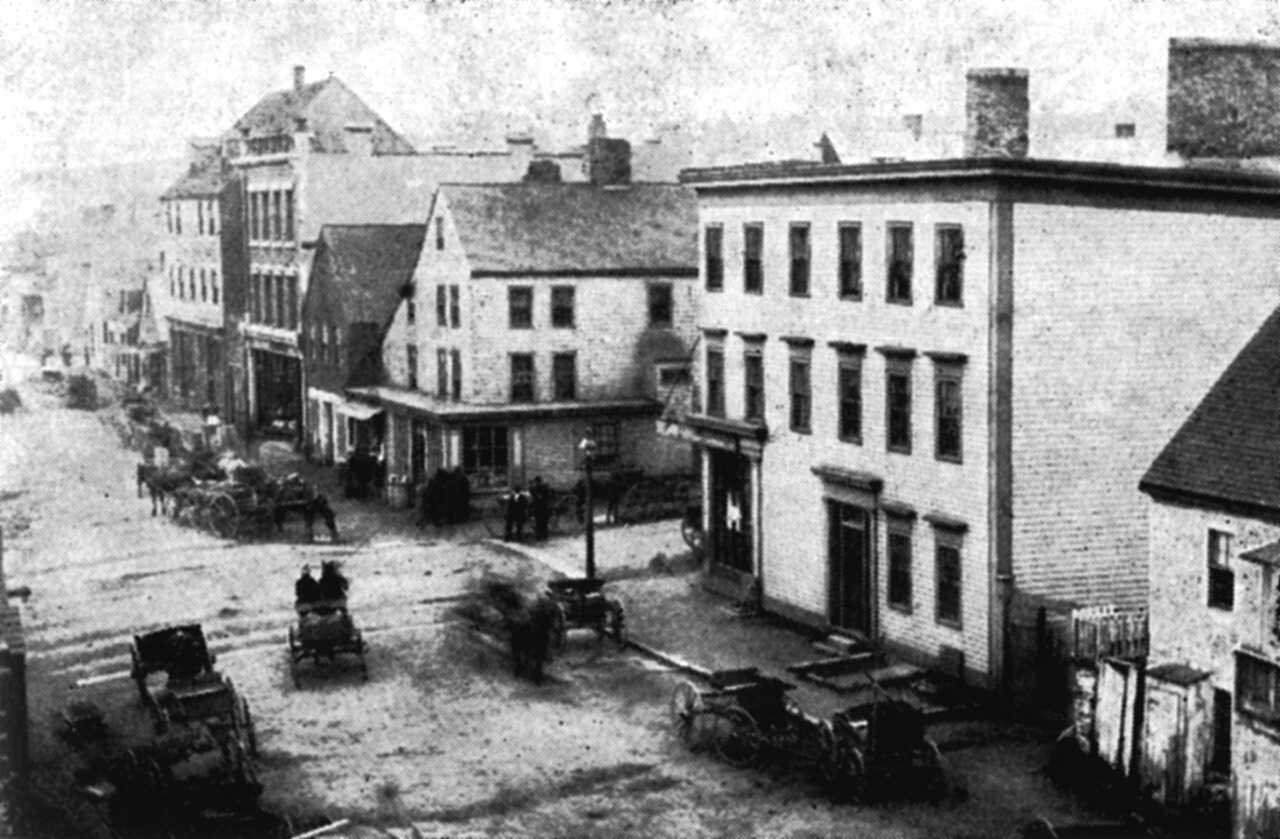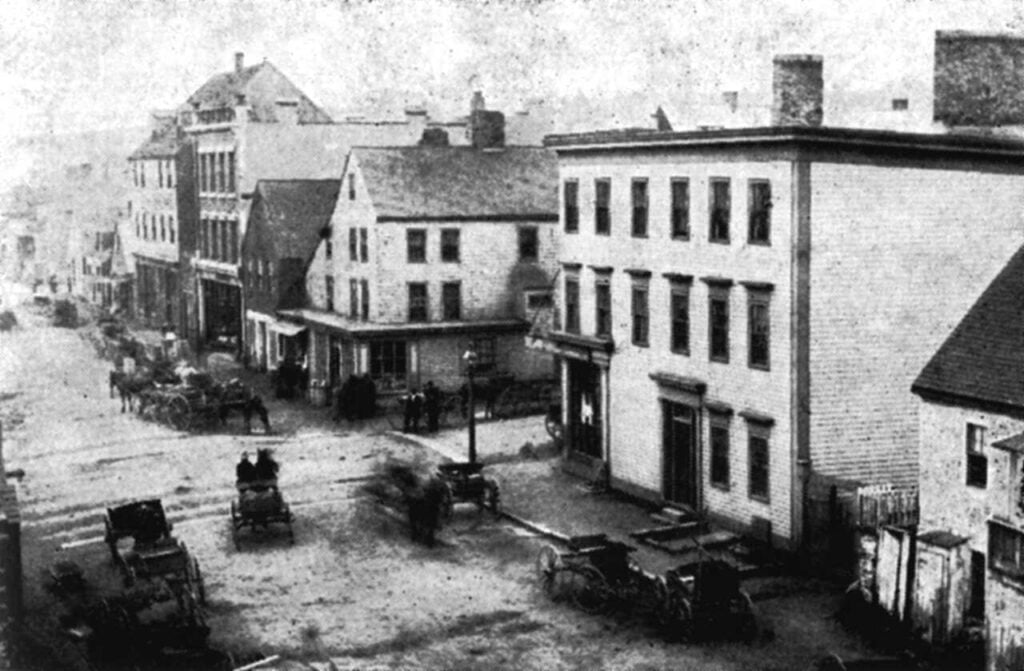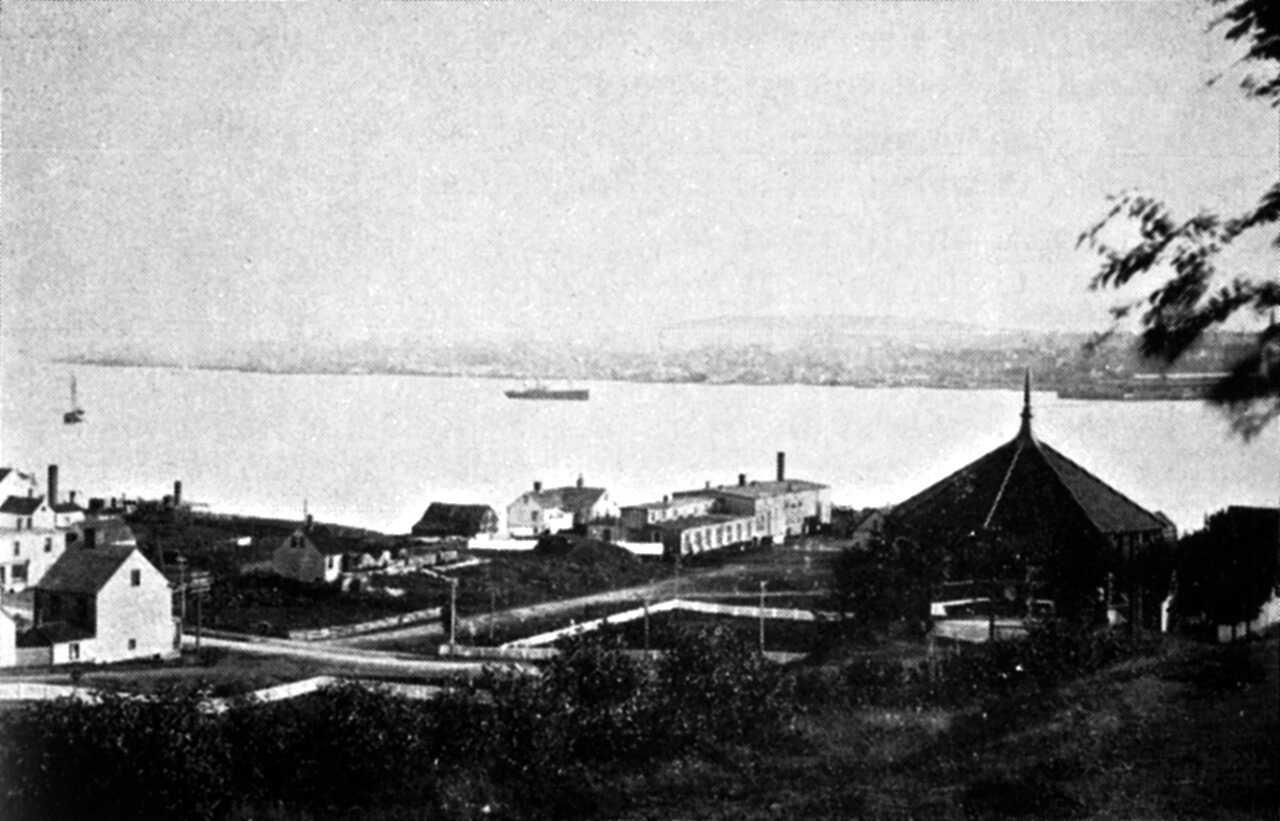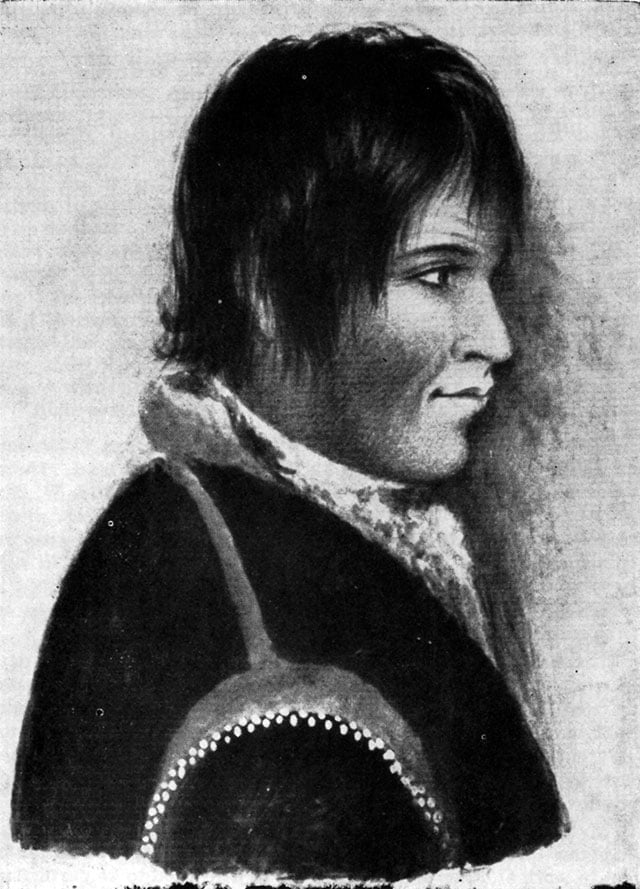The elections were on that autumn. Joseph Howe came quite frequently to campaign in Dartmouth and in its suburbs, because he and William Annand were candidates for the County of Halifax, which was a separate constituency from the City.
On Friday evening, October 30th, there was a meeting of about 200 supporters of Howe’s Reformers held in the Dartmouth School House. Henry Y. Mott presided, and Alexander James, then the schoolmaster of the town, was Secretary.
Joseph Howe spoke at some length, outlining the legislative reforms recently gained by his party. Although the night was dark and tempestuous, loyal followers accompanied the Halifax group to the ferry; and as the boat pulled out, gave three rousing cheers which were lustily returned.
The poll for the election of candidates was held at the Halifax Court House for five days early in November. There was no privacy whatever in the manner of voting. The rabble, jostling one another in the Court House passageway and in the gallery, showed no mercy in voicing their feelings as freeholders announced the candidate of their choice.
(Once upon a time, even the old ferryman John Skerry, always the essence of honesty, was heckled by political foes in the gallery, with cries of: “Who stole the oars!”)
Dartmouth people voted at Halifax. Evidently campaign funds to provide transportation were also necessary in those days, as is gathered from the following account published in the “Morning Post” of November 4th, 1840 :
Yesterday the Court House was crowded long before the hour appointed for commencing the register of votes. A rich display was formed by the colored folks from Preston who came over in a steamer gaily decorated with flags, and chartered for the day by the Reform Party.
The African gentry formed themselves into a procession on landing, and marched with flying colours through part of Water and Hollis Streets, and then went to the Court House and took complete possession of the passage for the entry and exit of voters. The area in front of the Exchange was a dense mass of persons from the commencement of the poll until4 o’clock* when the poll closed for the day.
We conclude this account of the year 1840 by copying a few excerpts from a description of Dartmouth and its suburbs written that year for the “Nova Scotian” by Joseph Howe. Since 1836, when he was first elected for this constituency, Mr. Howe often toured the district to familiarize himself with its people, its problems and its romantic scenery.
Panoramic views in particular must have appealed to Joseph Howe. Note the number of well-known hills in our vicinity which he must have climbed, because he so definitely describes the surrounding streams and forests.
… In looking East, the growth and improvement of Dartmouth itself is a pleasing feature in the prospect. But a few years ago, it seemed to have been smitten with desolation — many of the houses were tenantless or unsaleable — business was at a stand — its population dispersing, while those who still clung to it were haunted with visions of the past, and reflections on the fortunes which they had not made by the Shubenacadie Canal.
“A change has come over the spirit of the dreams” of the good people of Dartmouth — they are no longer relying upon adventitious and extraordinary sources of wealth — but, with cheerfulness and activity, are making the most of the natural advantages of the place, and, aided by the example of a few enterprising individuals, who have settled among them, are raising the little town in industry, population and public spirit.
… Nearly all the roads branching off from Dartmouth have their peculiar charm. If one strolls to Sackville (Bedford) over the hilly, indifferent and unfrequented track, which skirts the eastern side of the Basin, the view from several points upon it is very fine. With that noble sheet of water spread out upon the right, white cottages, with a green background, circling its western margin, you look down upon the Narrows, the Harbour, the Eastern Passage, Dartmouth, Halifax, the Islands, with the men-of-war and merchant-ships riding tranquilly at their moorings, beating up, or gliding down, a numerous flight of coasters and sailboats glancing around them, and the scene, though there is nothing very striking or sublime about it, is yet full of beauty, variety and interest.
The ride down the Eastern Passage is also very pleasant …. On a summer evening when the setting sun throws his latest and mellowest beams upon Harbour and Town, giving a glow to all the life they have, whether still or animated, the look-out from the Battery, and from several points above and below, is very delightful.
. . . The only drawback to a ramble down the Passage in summer, is the powerful effluvium from the split dog fish, with which the fences are lined.
. . . The ride along the Cow Bay road has not many attractions. On crossing the River, one is struck with the regular natural steps by which the waters, drained from the chain of lakes stretching up to the celebrated Grog Brook, descend to the level of the ocean.
. . . These are but two of the pastern roads. That (one) leading past Creighton’s and Shiels’ to Cole Harbor also has its attractions. The views from Breakheart Hill, Mount Edward, and several other points, are pleasing and extensive—one is seldom out of sight of lakes or of the salt water, and there are several cross roads branching off in which the student may while away an hour with his book.
The peculiar charm of the Main Eastern Road (18 highway), is the fine chain of lakes, past which it runs for 18 miles. The old Preston Road is not without its beauties—a sweet sylvan scene rewards us for climbing the hills beyond the Parsonage, near the first and second lake. Another, of a somewhat similar character, is presented in the neighborhood of Lake Loon—while from Katzman’s and the Church Hill seaward a scene of great extent and beauty delights the eye. Where the Rivers cross the road there is a valley, fringed with green meadows, or overhung with maples and birches, and the bright waters sparkling between.
This is a copy of a sketch of Peter Toney, made about 1840, and preserved among the collection of Lady Falkland in the Dominion Archives at Ottawa. Evidently Peter was a leader of the Mi’kmaq at Dartmouth. At least he was always prominent in canoe races in the harbor regattas of a century ago, and was a winner in one of these contests. The part of Hawthorne Street between Prince Albert Road and the Canal stream used to be called Toney Street, after this well-known Dartmouth family of that vicinity.


